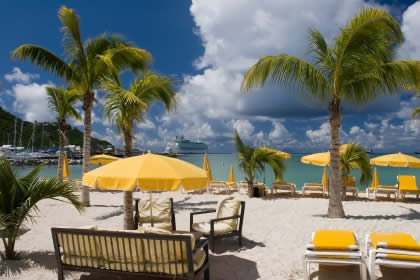Thessalonica, Greece Travel
Thessalonica is the capital of Thessalonica prefecture and is a densely populated city; there are about 297.14 residents per square meter, thus traffic problems and atmospheric pollution have increased.
Thessalonica possesses a multicultural character as it is an attraction pole for a variety of peoples with different religion and culture.
In 1928 Thessalonica had 237,000 residents, but after 1950 the population increased due to immigrants as well as city lovers who settled down there. The Thessalonica prefecture is the most developed area of Greece and it is the Economic center of central Macedonia.
Thessalonica city is the second biggest city after Athens. It possesses a special character and worth visiting sites and museums. The White Tower is the symbol of the city of Thessalonica. It dates back to the 15th century and is today one of the city attractions. Thessalonica is also popular for the two hydro- habitat areas that are very important and include the delta of four rivers and two lakes. A great variety of agricultural products is produced in Thessalonica prefecture, while fishing is also a rich source of income as there are a lot of fish hatcheries in Thermaikos Bay.
Thessalonica, Greece Population: 1,057,825
Location: Thessalonica is located in central Macedonia and lies in an area of roughly 3,500 kilometers. The morphology of the land is mostly flat with rivers such as Axios and Loudias, while some mountains are on the northeast and southeast part of the area. Two big lakes, Volvi and Koronia, are also there while Thermaikos and Strymonikos bays are on the southwest and southeast of Thessalonica.
Thessalonica Weather: The climate in Thessalonica is definitely Mediterranean, and the temperatures hit their apex July and are lowest in January.
In summer it is cooler than in the other major Greek cities but in winter it is very cold. Cold winds blow and the lakes and rivers freeze, as well as Thermaikos near the shore. However, in mid-winter you may experience sunny intervals that last for many days or tropical rains, while in summer there is not much rainfall now. An average annual temperature is 16 degrees C, while in July the highest is 26 degrees C. January has got the lowest temperatures at 5.5 degrees C.
See a map and learn more at
